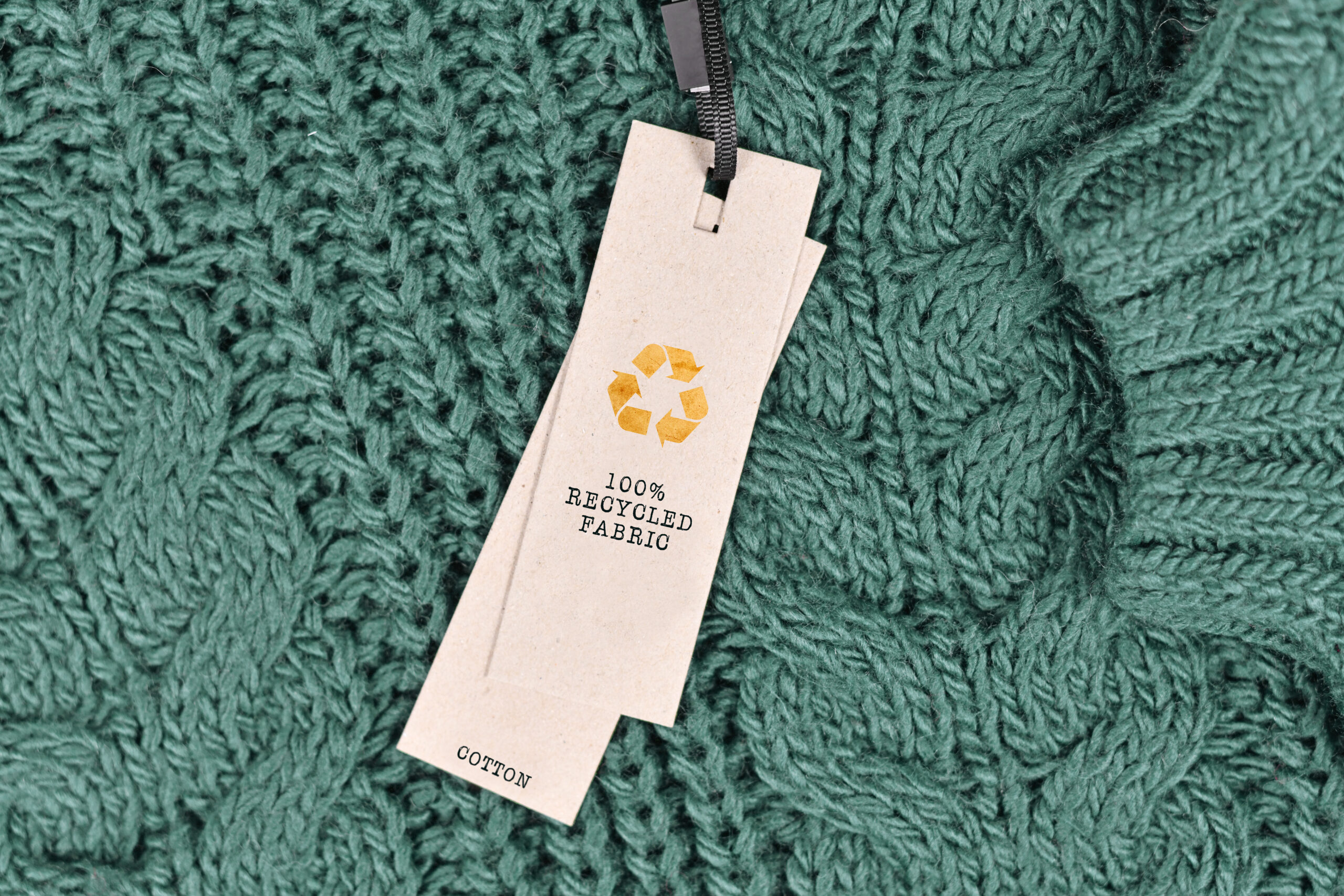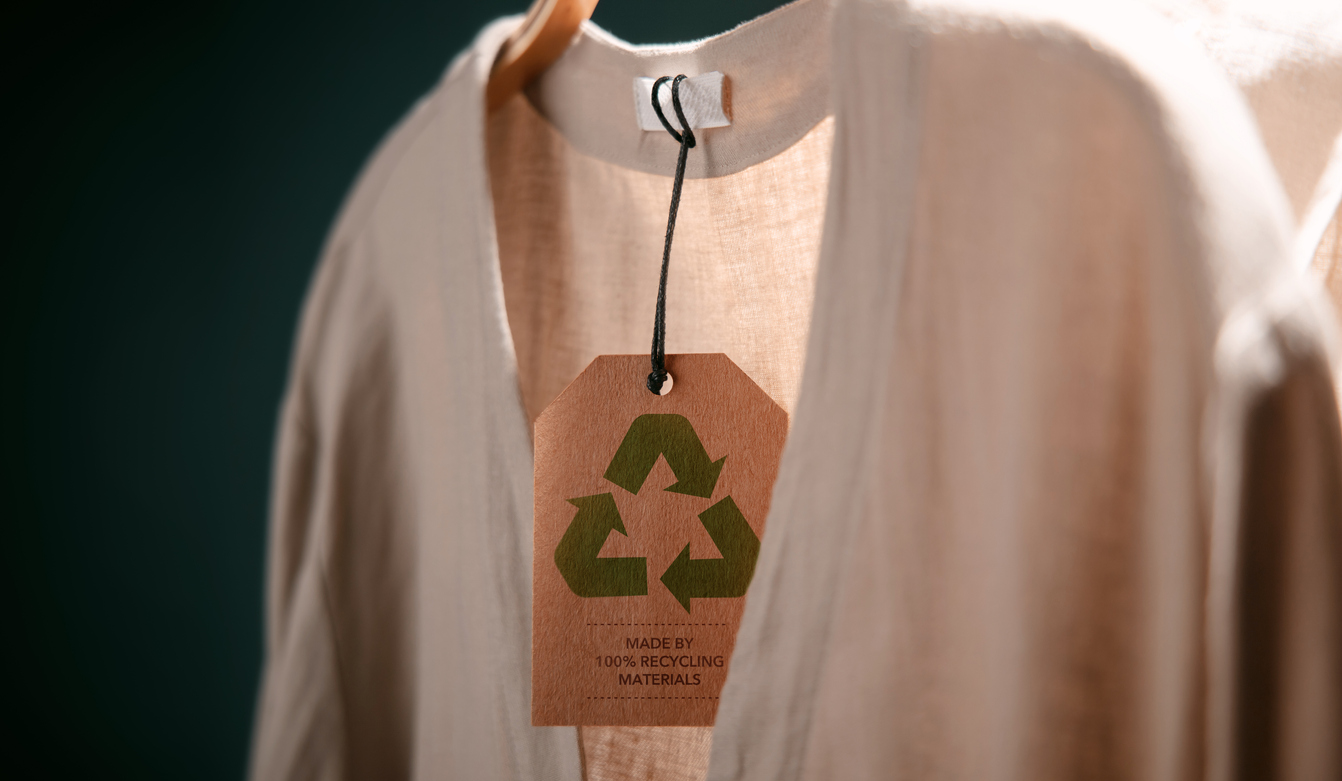Cape Town Sustainable Fashion: Moral Apparel for a Better Planet
Cape Town Sustainable Fashion: Moral Apparel for a Better Planet
Blog Article
Stay Ahead of the Contour by Checking Out Ingenious Fashion Patterns
In a sector as dynamic as style, staying in advance involves greater than just complying with current trends-- it requires an expedition of advancement. Smart textiles, as an example, are transforming garments into functional work of arts, while 3D printing is revolutionizing design procedures with its personalized, waste-reducing capacities. As sustainability comes to be a foundation, developments like environmentally friendly materials and circular style techniques are improving ecological responsibility - Cape Town Sustainable Fashion. Additionally, the convergence of innovation and fashion proclaims a new period of customer involvement. Just how, after that, can these arising fads redefine the future of style, and what implications do they hold for brands looking for to grow in this advancing landscape?

Embracing Smart Textiles
Over the last few years, the apparel industry has witnessed a transformative change with the assimilation of clever fabrics, an innovative development that blends modern technology with material. This development represents not only a combination of aesthetics and performance but likewise a substantial leap towards sustainability and personalization in style. Smart fabrics, also called e-textiles, embed sophisticated electronics such as sensing units and conductive strings within the textile, enabling garments to interact with the user or the atmosphere.
These textiles are developed to keep track of physical specifications, such as heart price or body temperature, supplying real-time wellness analytics. Past health and wellness applications, smart fabrics are additionally being used for flexible garments, which can change shade or pattern in response to ecological stimulations, hence supplying a dynamic style experience.
In addition, the development of energy-harvesting textiles that produce power from motion or sunlight is leading the way for self-dependent wearable technology. This innovation is attracting environmentally conscious customers and developers intending to reduce the environmental footprint of style. As r & d in this field breakthrough, smart fabrics are expected to come to be increasingly common, improving the landscape of contemporary style with their multifunctional abilities.
The Rise of 3D Printing
Reinventing the production landscape, 3D printing has actually emerged as a game-changer in the fashion business. This innovative innovation has actually enabled designers to push the limits of creativity, generating complex and tailored garments that were previously inconceivable. By leveraging digital style and additive production, 3D printing promotes the development of complicated geometries and patterns, permitting designers to trying out brand-new appearances and structures.
A remarkable advantage of 3D printing in fashion is its capacity to generate on-demand, lessening waste and minimizing stock needs. This efficiency not just enhances manufacturing procedures but also enables quick prototyping, allowing designers to bring their visions to life in a much shorter timeframe. Furthermore, 3D printing sustains customization to a degree unmatched by traditional approaches, using special styles and personalized fits customized to individual consumer choices.
The surge of 3D printing has actually additionally democratized style, making it easily accessible to arising developers who can currently make premium items without substantial financial investment in conventional manufacturing infrastructure. As technology continues to advancement, the fashion business is positioned to harness the complete potential of 3D printing, exploring new materials and methods that will most certainly redefine just how style is developed and generated.
Lasting Fashion Developments
As the apparel industry grapples with journalism demand for ecological responsibility, lasting style developments have actually arised at the center of transformative change. The expanding understanding of ecological effect has fueled a change towards more eco-conscious practices and products. Designers and brand names are currently focusing on sustainability, including techniques that decrease waste and lower carbon impacts.
One significant advancement is the surge of circular style, which emphasizes recycling and upcycling to prolong the lifecycle of garments. This strategy not only minimizes waste yet also motivates customers to take on a more conscious approach to garments intake.
An additional innovation depends on the fostering of cutting-edge dyeing methods that use all-natural dyes or waterless procedures, thereby minimizing the large quantities of water and chemicals typically made use of in fabric dyeing. In addition, advancements in biotechnology have brought about the creation of lab-grown natural leather and materials, providing ecologically friendly and cruelty-free alternatives to standard try this site materials. Via these pioneering efforts, the apparel industry is making meaningful strides towards an extra lasting future.

Tech-Integrated Apparel
Tech-integrated apparel represents a cutting-edge blend of style and innovation, reshaping exactly how people connect with their clothes. This innovative domain name is noted by the inclusion of wise textiles and embedded electronic parts, improving both performance and aesthetic charm. From health and fitness trackers installed in sports apparel to heated coats controlled via mobile phone applications, tech-integrated garments offers customers unmatched ease and adaptability.
Pioneering brand names are driving this trend, concentrating on producing garments that reply to ecological stimulations or user commands. For circumstances, some garments can change color or pattern in action to temperature shifts, while others integrate biometric sensing units to keep track of wellness metrics like heart rate or anxiety levels. The seamless combination of innovation right into fabrics also encompasses ecological sustainability, with efforts to create self-cleaning fabrics or garments that adapt to climate condition, hence minimizing the requirement for multiple layers.
Moreover, the development of wearable technology is not simply restricted to clothing however includes devices like watches and eyewear, additional broadening the extent of tech-integrated fashion. As the industry remains to innovate, the possibility for customization and personalization in apparel expands, supplying customers unique, tech-enhanced fashion experiences that cater to their individual requirements and choices.
Future of Virtual Fashion
In the last few years, the future of virtual fashion has arised as a transformative pressure within the sector, leveraging improvements in digital technology to redefine how style is developed, experienced, and consumed. By integrating augmented truth (AR), virtual fact (VIRTUAL REALITY), and 3D style tools, designers can now craft interactive and immersive experiences that go beyond standard fashion boundaries. Digital style permits the development of garments that exist solely in electronic atmospheres, supplying endless opportunities for technology without the constraints of Source physical production.
This digital shift not just provides possibilities for imaginative expression however additionally addresses sustainability worries fundamental in standard style methods. Cape Town Sustainable Fashion. By eliminating the requirement for physical resources, digital fashion reduces waste and reduces carbon footprints. Furthermore, the increase of online fashion straightens with the enhancing customer need for tailored and unique experiences, as digital garments can be personalized and customized to private preferences easily

Verdict
The fashion sector's future lies in the assimilation of lasting techniques and innovative innovations. Digital style is poised to redefine consumer communications.
In recent years, the fashion industry has observed a transformative change with the combination of clever fabrics, a cutting-edge technology that mixes innovation with fabric.As the style market grapples with the pressing requirement for environmental obligation, lasting fashion developments have actually arised at the leading edge of transformative modification.In current years, the future of online style has emerged as a transformative force within the industry, leveraging innovations in digital innovation to redefine exactly how fashion is produced, experienced, and consumed. The increase of digital fashion lines Read Full Report up with the boosting customer need for individualized and distinct experiences, as digital garments can be tailored and customized to individual choices with convenience.
The style sector's future lies in the integration of innovative technologies and sustainable techniques.
Report this page